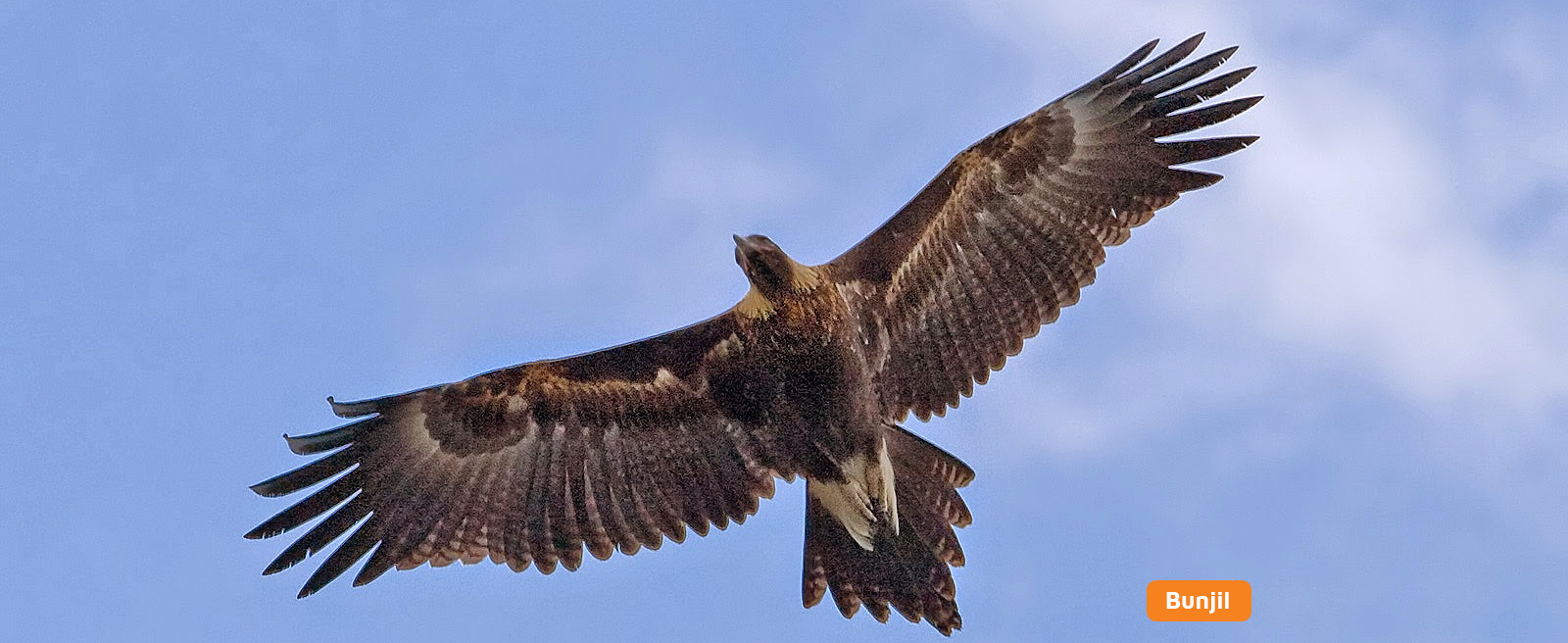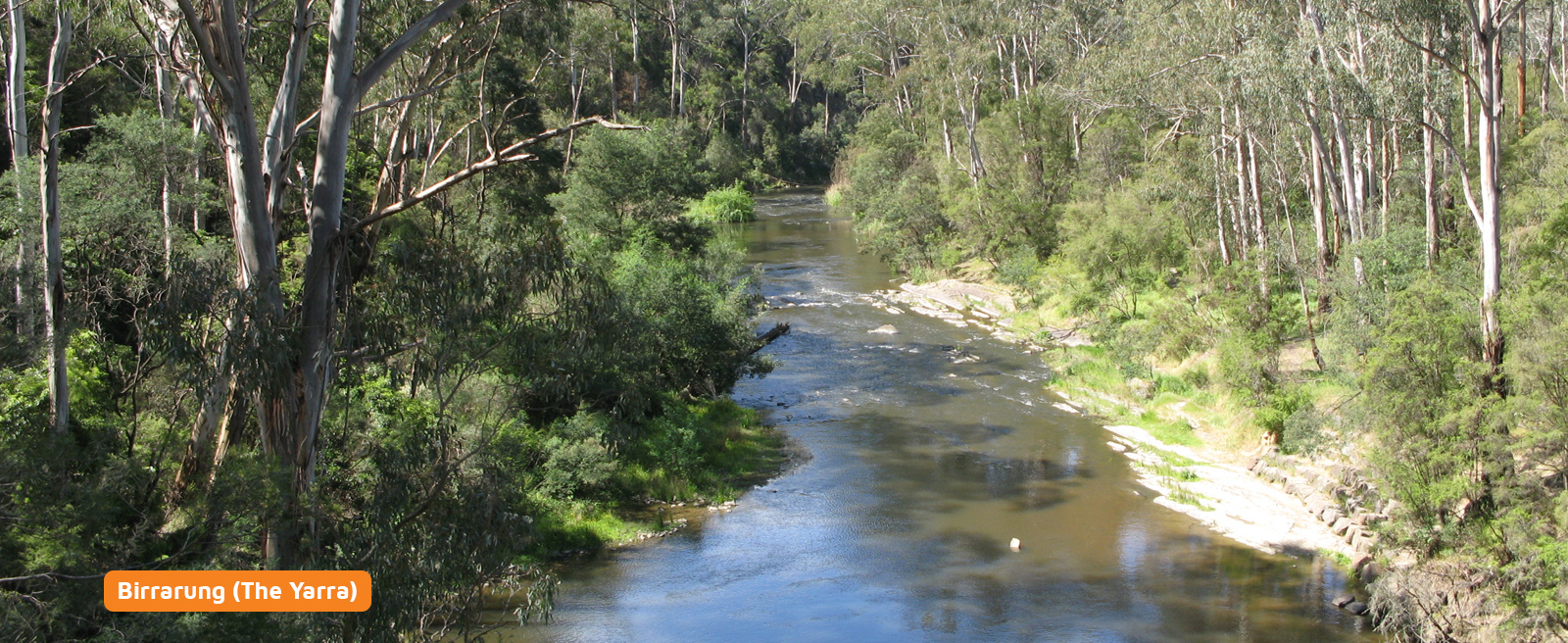Moiety/Kinship System
Many Mobs have totemic or kinship systems that help them know who your family is and isn’t as well as who you can marry when you are of age.
Woiwurrung clans come under the Bunjil (Wedge-Tail eagle) and Waa (raven) kinship system. The Wurundjeri Willam clan moiety was Waa, as were Balluk Willam, Marin Balluk and Karag Jang Balluk. The Gunung-willam-bulluk clan moiety however was Bunjil. The mobs within the Kulin Nation were exogamous, this meant that men would marry women from neighbouring clans rather than from within their own.
For example:
“Woiwurrung marriages were usually contracted with Bunjil clans of the Daung wurrung speakers of drainage basins north of the Dividing Range".
This allowed clan members to gain rights of access to various areas across central Victoria.
Spirit Protectors/Totems
While a Moiety system determines who you marry and who you are related to, there are also personal and gender protectors as well.
The protector of Woiwurrung males is balyang, the bat while the female protector is ngarri-bam-gorrak, the owlet nightjar. At birth or during your coming of age ceremony your family and your Elders would also give you a personal spirit protector. This would be something that represented who you were and who you would grow up to become.
As a result of colonisation it is difficult to be certain on what your family totem is, and often many people missed out on gaining personal totems.
However, as we are awakening culture and decolonising our country we are slowly bringing back ceremony and traditions of the past to help us in this modern day.


Image Sources: The Citizen & Flickr.
Stories
The following three dreaming stories are from Bunjil's cave: Myths, legends and superstitions of the aborigines of south-east Australia by Aldo Massola and have been re-written by Mandy Nicholson.
Bunjil – the Creator
Long ago Bunjil, the Wedge-Tail Eagle, was a very powerful man. He was the headman of the Kulin. Bunjil had two wives and a son whose name was Binbeal, the Rainbow, whose wife was the second bow, sometimes seen showing fainter than the first. Bunjil has also six other “Young Men”, who were together in pairs, looking after the people for him, and carrying out his orders.
The six young men were: Djurt–Djurt, the Nankeen Kestrel and Thara, the Quail Hawk; Yukope, the Green Parakeet, and Dantum, the Blue Mountain Parrot; Tadjeri, the Brush-tail Possum, and Turnung, the Glider Possum, both of whom lived in the trees; all of these young men were powerful wizards.
After Bunjil had made the mountains and rivers, and man and all the animals, he taught the men how to make weapons, how to fight with them, and how to behave with one another. When he had finished he became tired of staying upon the earth. So he gathered about him his wives and sons, and told Bellin-bellin, the Musk Crow, who had charge of the winds: “Open your bags and let out some wind.” So Bellin-bellin opened one of the bags in which he kept the whirlwinds and let out a blast that blew great trees into the air, roots and all. Bunjil said, “That is not enough, let out more wind.” Bellin-bellin opened all his bags at once, and a terrific whirlwind came out, and blew Bunjil and all his people to the sky where they live in plenty, and look down on the world as stars.


Image Source: World Bird Sanctuary.
Why the Kangaroo Has a Tail, And the Wombat Has Not
Koim, the Kangaroo, and Wareen, the Wombat, were once great friends, and shared everything. One day Wareen made a home for himself in a hole underground, and slept there in comfort during the cold winter nights. One very wet day Koim came to his friend and asked to be allowed to shelter in the hole, and to dry his fur by the fire. But Wareen would not let him come in. A quarrel ensued, in which Koim cut off Wareen’s tail with a blow of his axe, but as he was running off Wareen drove his spear at the base of his back where it stuck fast. This is the reason why kangaroos carry a heavy tail which sticks straight out behind them, and wombats have no tail at all.
Why Men Die
Once men did not die, because Menyan, the Moon, would give them a drink of magic water, and they would come back to life. Mongbarra, the Bronze-wing Pigeon, however, was a very hard hearted individual, and decided to put a stop to this practice. His magic being stronger than Menyan’s, people have ever since died and remained dead; all except Menyan, who dies and come back to life each month.


Image Source: Wikipedia.
How the Yarra Was Formed – According to Berak
One day two boys were playing in the bush, throwing their toy spears at whatever bird they saw. After a while they tired of this game, and sighting an old wattle tree went up to it in the hope of finding some wattle gum, of which they were very fond.
They saw some gum on a bough fairly high up, and one of the boys climbed the tree and reached it. He began to throw the gum down to the other boy who was waiting for it underneath the tree. But when the lumps of gum reached the ground they disappeared, and the boy who had remained below could not find them. At last he noticed a hole, and thinking that the gum may have rolled down it, he poked the end of his little spear in it.
As soon as he did this a deep growling voice was heard, and the ground seemed to shake. An old man, who had been sleeping underground with his mouth open, suddenly made his appearance. He picked up the frightened boy, and shuffled off, dragging his feet, because he was old, and the boy was heavy to carry.
As the old man huddled along he made a furrow, which deepened into a gutter, then into a creek, and lastly became the Yarra River.
All this time the little boy was crying with fright. At last Bunjil heard him. He put sharp stones in the path of the old man, over which he fell, and cut himself to pieces. The boy ran off to his home.
Just before the old man died Bunjil appeared, and said to him: “Let this be a lesson to all old men. They must be good to little children.”
